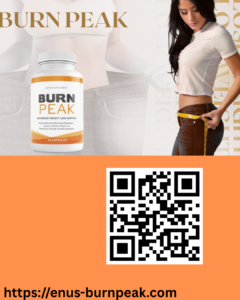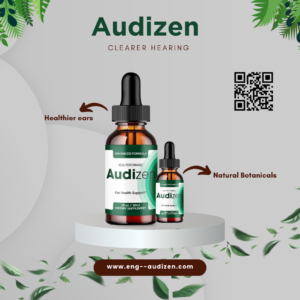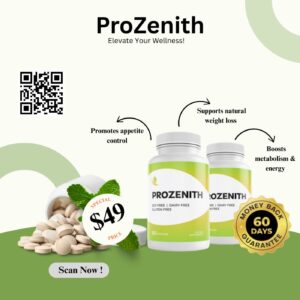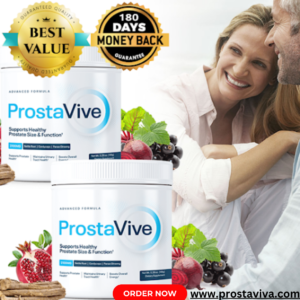The Importance of Vacuum Pumps in Food Processing and Packaging
In the modern food industry, efficiency, hygiene, and preservation are non-negotiable standards. As food safety regulations become stricter and consumer...

In the modern food industry, efficiency, hygiene, and preservation are non-negotiable standards. As food safety regulations become stricter and consumer expectations for freshness increase, manufacturers are turning to technology to maintain product quality while improving productivity. Among these technologies, vacuum pumps play an indispensable role in various food processing and packaging operations.
From removing unwanted gases and moisture to enabling rapid cooling and sterilization, vacuum systems enhance multiple stages of production. This article explores how vacuum pumps contribute to the food industry, their primary applications, types available, and how to choose the most suitable system for your specific processing needs.
Role of Vacuum Pumps in Food Processing
At their core, vacuum pumps function by removing air and gases from a sealed environment, creating a vacuum. In the food industry, this is crucial not just for preservation, but also for ensuring product integrity, safety, and shelf appeal.
During food processing, air can be an enemy—introducing contaminants, accelerating spoilage, or interfering with texture and taste. Vacuum pumps allow processors to:
- Eliminate oxygen that causes oxidation and discoloration
- Improve product consistency by removing air bubbles from liquids and semi-solids
- Support aseptic processing by minimizing airborne contamination
- Create ideal environments for cooking, freezing, drying, or marinating food
Vacuum technology ensures greater process control, better hygiene, and longer product shelf life—all of which are vital in a globalized food market.
Key Applications of Vacuum Pumps in Food Processing
Vacuum pumps are used across a wide range of food production activities, from primary processing to final packaging. Here are some critical areas where vacuum systems are integrated:
1. Vacuum Sealing and Modified Atmosphere Packaging (MAP)
Perhaps the most well-known application is in vacuum packaging, where air is removed from pouches or containers before sealing. This slows down microbial growth and oxidation. Many processors also use modified atmosphere packaging, where the vacuum is replaced with inert gases like nitrogen or carbon dioxide to further extend shelf life.
2. Vacuum Tumbler Marination
In meat and poultry processing, vacuum tumblers are used to infuse marinades quickly and uniformly into products. The vacuum opens the pores of the meat, allowing deeper penetration of flavor and reducing marination time from hours to minutes.
3. Deaeration and Degassing of Liquids
When producing sauces, dairy products, or juices, the presence of entrapped air can affect taste, texture, and packaging accuracy. Vacuum pumps help remove these bubbles, ensuring consistent product quality and appearance.
4. Vacuum Cooling
Vacuum cooling is an energy-efficient and rapid cooling technique, especially useful for cooked or baked goods. By reducing atmospheric pressure, water within the product evaporates quickly, lowering its temperature without refrigeration. This method retains texture and moisture while preventing bacterial growth.
5. Freeze Drying (Lyophilization)
For long-term food storage, freeze-drying is an essential method where frozen products are subjected to vacuum conditions, causing ice to sublimate directly into vapor. Vacuum pumps are central to this operation, preserving nutrients and flavors while reducing product weight.
6. Thermoforming and Vacuum Filling Machines
Many food packaging systems rely on vacuum pumps to form containers from plastic films, fill them with product, and seal them—often under vacuum conditions. This helps maintain hygiene and prevents leakage or spoilage.
Types of Vacuum Pumps Used in Food Processing and Packaging
Various types of vacuum pumps are used in food processing, each selected based on the process demands, gas load, and level of hygiene required.
1. Rotary Vane Vacuum Pumps
These oil-lubricated pumps are commonly used in packaging machines and degassing applications due to their strong vacuum performance and reliability. However, they require maintenance and must be used with proper filtration in food environments.
2. Dry Screw Vacuum Pumps
Ideal for applications involving vapor or moisture, dry screw pumps operate without oil or water in the compression chamber. This reduces contamination risk and makes them suitable for applications like freeze-drying or high-vacuum processes.
3. Liquid Ring Vacuum Pumps
These pumps use a water or other liquid ring to compress gases and are especially useful in wet processes. They are robust and can handle aggressive or moist gases but are less energy-efficient compared to dry technologies.
4. Claw and Scroll Vacuum Pumps
These are compact, oil-free systems that offer reliable vacuum generation with minimal maintenance. They are increasingly used in small-scale packaging and filling systems due to their quiet operation and hygienic design.
Benefits of Using Vacuum Pumps in the Food Industry
Integrating into your food processing system delivers numerous benefits of vacuum pumps in the food industry , both in terms of product quality and operational efficiency.
1. Improved Shelf Life and Safety
Vacuum packaging and processing significantly slow down the growth of spoilage organisms and prevent oxidation. This not only reduces waste but also enhances food safety and compliance with regulations.
2. Enhanced Product Quality
Vacuum-assisted processes like degassing, cooling, and drying ensure consistency in flavor, texture, and appearance. They eliminate imperfections such as bubbles, discoloration, or uneven marination.
3. Energy and Time Efficiency
Processes like vacuum cooling or marination cut down processing times by 50% or more, leading to faster production cycles and energy savings.
4. Hygienic and Clean Operations
Oil-free vacuum pumps and systems with CIP (clean-in-place) capability ensure that hygiene is maintained, which is essential in food applications. Fewer moving parts and enclosed systems reduce the risk of contamination.
5. Flexible and Scalable Solutions
Vacuum systems can be tailored for small-scale, batch processing or integrated into large, continuous production lines. Their adaptability makes them valuable across various segments of the food industry.
Choosing the Right Vacuum Pump for Food Processing
Selecting the correct vacuum pump involves evaluating several critical factors:
- Nature of the Product: Moist or delicate products may require oil-free pumps or systems with corrosion-resistant materials.
- Required Vacuum Level: Processes like freeze-drying demand high-vacuum levels, whereas packaging may need only medium vacuum.
- Hygiene Standards: Pumps should be easy to clean, with food-grade seals and minimal risk of contamination.
- Energy Efficiency: For operations running 24/7, energy-efficient pumps can substantially reduce operating costs.
- Maintenance Needs: Consider pumps that offer easy servicing, spare parts availability, and remote monitoring for reduced downtime.
- Regulatory Compliance: Ensure the pump materials and construction meet food-grade standards such as FDA or EU regulations.
Conclusion
Vacuum pumps are more than just mechanical components—they are key enablers of quality, safety, and innovation in food processing. By supporting a wide range of applications from packaging to freeze-drying, these pumps contribute to the efficiency and success of food manufacturing operations. Investing in the right vacuum system not only improves your product’s marketability but also future-proofs your production line against evolving standards and consumer expectations.







